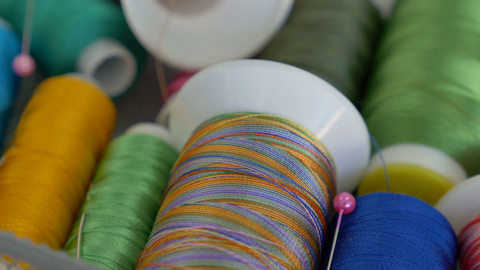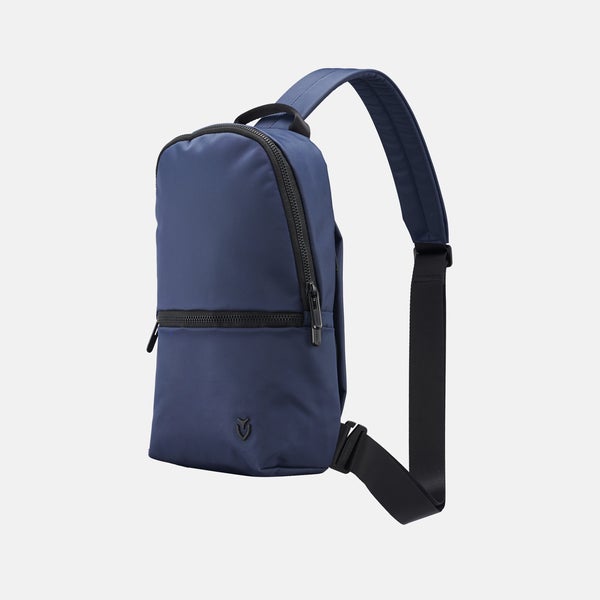What is Nylon, and Why is it so Unique?
2019 Design | 2 min read
Originally created in the 1930’s, Nylon was engineered as a durable alternative to silk and wool. Its early purpose was to provide a light-weight option in which garments and undergarments could be fashioned from. However, as the second World War broke out in the late 30’s, nearly all nylon was diverted to the military and was utilized as material for parachutes and parachute cord. Since then, nylon continues to be one of the most useful and multi-purposeful fabrics in the modern age. The lightweight and water-resistant properties allow nylon to be used for a wide range of products such as: umbrellas, shower curtains, hiking gear, golf bags, and travel bags.
How It’s Made
Nylon is a polymer, which means that the material fibers are infused with plastic to increase their strength. After all materials are heated to about 545° F, the newly-produced compound exhibits stronger bonds than most materials of the same weight and mass. Once a sheet of Nylon is made, it is broken up into “chips”. These chips are then melted down and drawn through a spinneret (a wheel with holes) which forms the Nylon fibers. The fibers are spun together to create a yarn that will eventually be woven into Nylon fabric.

Benefits of Nylon
The water-resistant fibers woven into the material allow it to push liquids to the surface for quick evaporation. This intrinsic repellant means that the material is far less likely to develop mold and mildew even after being soaked in water, and it takes far less time to dry than other materials such as: cotton, wool, silk, linen, and rayon. Nylon is also abrasion and heat resistant. It does not rip or melt easily, which makes it helpful in extreme weather conditions.
Since nylon is man-made, it does not need to be harvested from animals like wool, silk, and leather. Yet, Nylon has the ability to be woven into textures similar to merino wool and cashmere, so various classic styles can be emulated. The strength of Nylon outperforms most materials of the same weight, and its ability to easily adapt color and shape are an added bonus for styling.

Who is this material good for?
✓ Travelers: Lightweight, quick-drying, abrasion-resistant
✓ Athletes: Sweat-resistant, easily-cleaned, non-clinging
✓ Hikers: Water-wicking, heat-resistant, durable
✓ Parents: Repels spills, low-maintenance, gentle on skin
Ten articles before and after
5 Best Golf Travel Destinations and Trip Ideas in 2020
13 Top Golf Courses to Play in 2021 & Best Way to Travel with your Gol
Here’s why Women’s Backpacks Are on the Rise
An Inside Look: X Cobra LE API Tour Stand Bag
Minimalist Wallets for Everyday & How to Keep Your Wallet Safe During
6 Romantic Golf Vacations and Getaways for Couples
A Material Designed for Performance and Luxury
Your Golf Bag Checklist: 30 Essential Items for Golfers




 Mobile/What's App/Wechat
Mobile/What's App/Wechat E-Mail
E-Mail ADD
ADD




